Making Draina
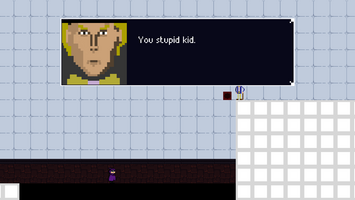
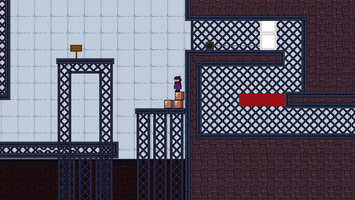
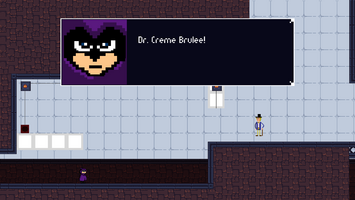
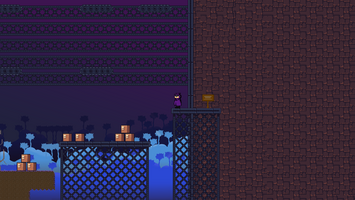
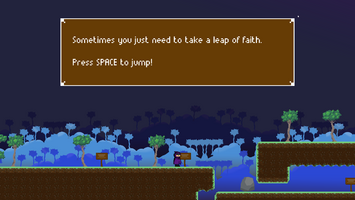
Early Stages
Early into my game design class, we were tasked with creating a basic platformer in GameMaker Studio 2. The catch was that we had to add a specific mechanic into the game that made it unique (e.g. double-jumping, shooting, etc.). After a lot of thought, I drew some inspirations from some of my favorite games: Cave Story, CrossCode, Celeste; while these aren't all platformers, they had some sort of aspect that drew me into the gameplay. For example, CrossCode has amazing puzzles, and utilizes the environment and solid pacing to engage their players. I thought the idea of electricity was always a really interesting concept, so I decided to see how that would translate into a video game.
Story
Draina revolves around a girl (fittingly named Draina) who lives in Dianlin Forest. Blessed with the power to control electrons, she imbued a steel sword with her electricity. When Dr. Creme Brulee opens a rubber factory at the outskirts of the forest, he puts all of the trees at risk. It’s up to Draina to thwart Creme Brulee’s plan to destroy the ecosystem for the sake of his own greed.
In actuality, the initial story was a lot more fleshed out and intricate, but sometimes intricacy does not lend itself to a cohesive, well-received story.
Art
Initially, the main character was intended to be a boy, with his defining features being that he wears a white glove and a black glove. This was due to another idea of focusing the mechanics on both electricity and thermodynamics, having the white glove being one that would allow to deal with electricity, while the other focused on pyrotechnics.
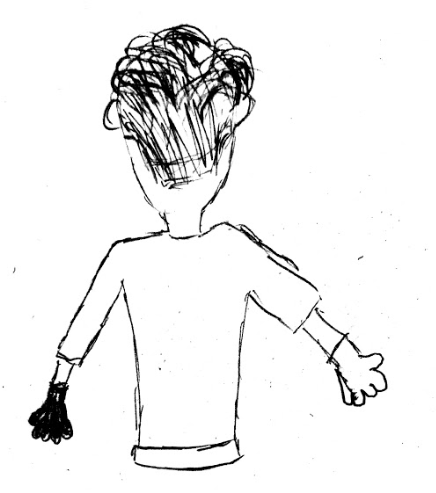
Linda Laszlo was able to rework the character design to fit more appropriately with the story, given that we would only be focusing on electricity for the demo. She worked on the idea of giving Draina a purple cloak, and designed a mood board around a purple, cooler color palette for the overall feel of the game. In the forest area and the factory, I feel that tilesets and background layers really helped add to the overall feel to the game. I think when it comes to level design, I think it’s best to have one person work on the function of the level (i.e. what the player is expected to do, whether that be get from point A to B, or solve a puzzle), and then have the main artist give it the finishing touches in terms of art direction, as I sometimes found myself struggling with trying to make the level functional and beautiful. Though functionality can be beautiful in itself as well.
Sound
As with all my projects, music is 100% original. I used FL Studio 20 and a variety of Gameboy sound fonts, as well as some retro piano VSTs.
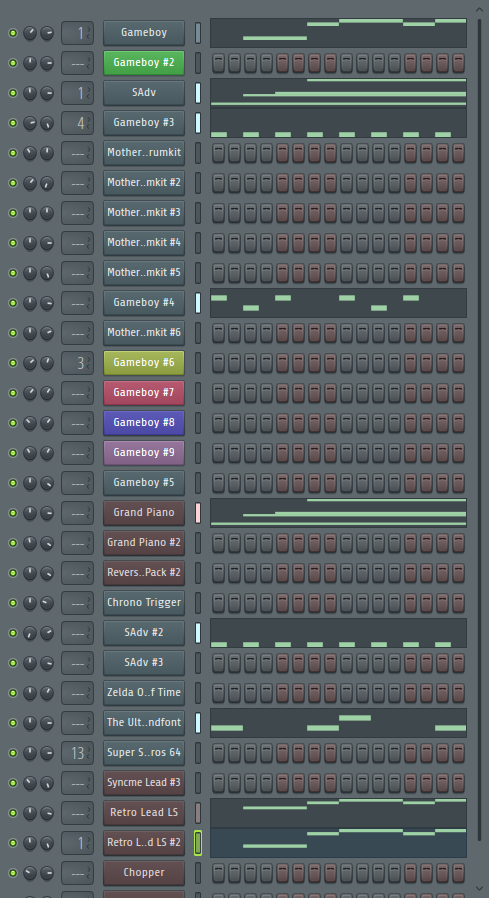
Due to lack of time however, I wasn’t able to implement as many sound effects as I’d wanted, so I simply implemented the main sound effects such as jumping, attacking, dashing, etc. The original soundtrack can be found at https://soundcloud.com/zane-fadul/sets/draina-original-soundtrack.
Programming
With all of the assets having been generated, it was time to turn an initial platformer prototype into a playable demo/proof of concept. I wanted to try to scale down the length of the game so that it wouldn’t be too long during my university’s showcasing event, and everyone would be able to have a try at the game. Not having too much time to put together the demo would also contribute to keeping the length short!
When I started work, it seemed that the player was the center for how the game got most of its information: the menu would be controlled by the player object’s inputs, as well as the player character itself. I realized later on that this would lead to a lot of issues just in terms of game logic and building upon the fundamentals that had already been implemented. Having a player-object-centered-control system seemed fine at first for a prototype, but when it came time to program systems like cutscenes and screens without a player object, things got a bit more complicated and definitely more frustrating.

I found myself making more and more manager systems: one controlling cutscenes, another for GUI, getting user input, display, etc.. I even have early implementations of an enemy system with basic enemy AI. I did not have a tutorial for this, so I essentially just coded as I went along. I realized the importance of having a solid state-machine implemented if I were to do things like trigger battle music and just overall battles with enemies, so I implemented one in the enemy object. This step was not entirely incorrect, but the fact of the matter was that I had no larger state-machine implemented that would manage the state of the game, whether the game was in battle or not. This simply could have been improved if I made a manager for checking states, but I figured quick fixes like this might only have short term effects on battle systems, while I might want to add more features in the future. With this in mind, I focused solely on building the demo without enemies.
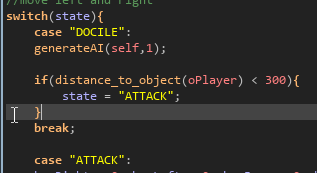
However, that doesn’t mean enemies and dynamic battling will be left out forever. ;)
Getting right into the implementation of the electricity and puzzles around it, I dealt with a lot of challenges. But I don’t want to spend too much time discussing that here. The challenges related to implementing electricity can be found here.

In retrospect, GameMaker Studio 2 is very powerful, and while I had quite a bit of issues using the software, I would definitely say that using it is a good stepping stone to understanding the way to implement game logic, as well as topics of state-machines and other game-development-related facets.
Reflection and Future Plans
With a fleshed out demo, I just want to keep adding more. There are so many ideas that buzz through my head as we speak, especially dealing with the puzzles. The demo was an intro to the way electricity in Draina will work, and through watching the play testing of others, I’ve realized there is so much potential for some great puzzles with just switches and wires alone. Within reason, there are so many more features I want to add so that players will be able to think critically not only about how they will advance in the story, but also about the beauty of electricity and how it behaves. Some features include other types of switches (AND switches, XOR switches, etc.) and external elements such as rubber and water.
This’ll be interesting!
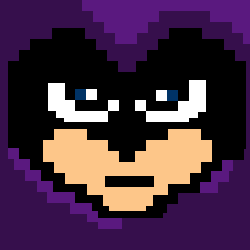
Files
Get Draina
Draina
Puzzle/adventure game
| Status | In development |
| Authors | lll337, Zane Fadul |
| Genre | Adventure |
| Tags | GameMaker, Pixel Art, Roguelike |
More posts
- Virtual ElectricityMay 18, 2019
- Title ScreenMay 13, 2019
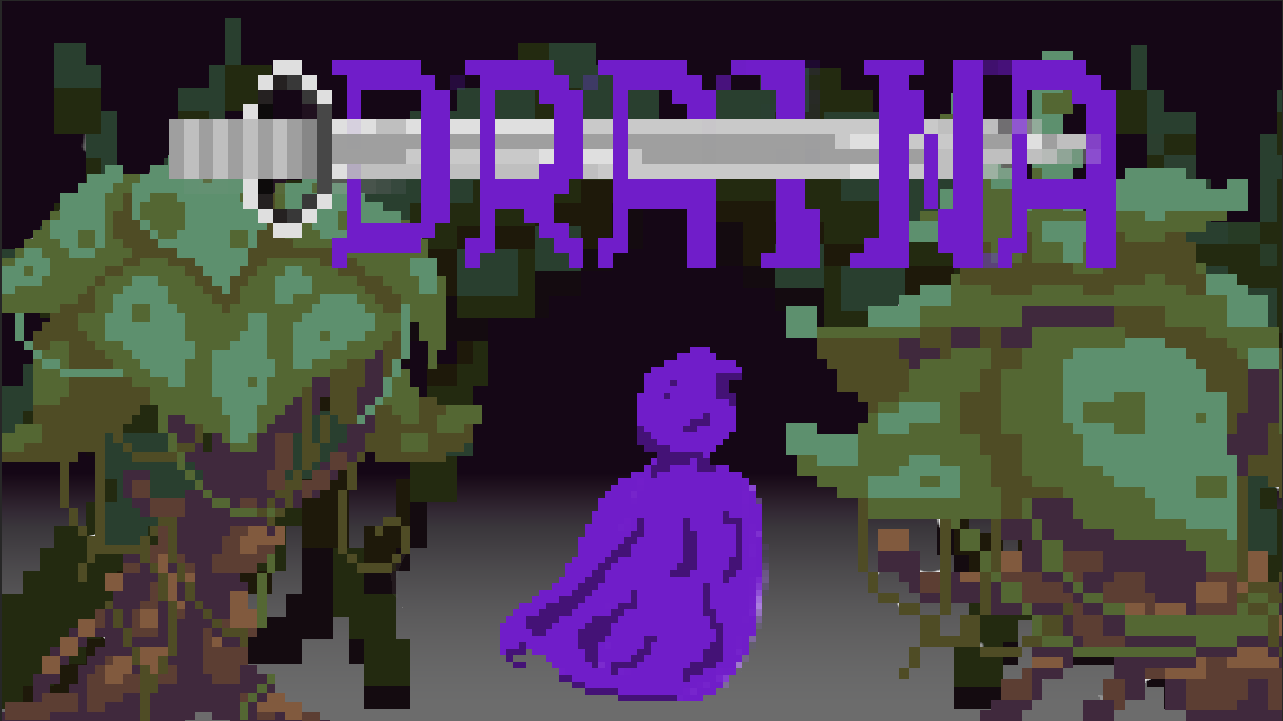
Leave a comment
Log in with itch.io to leave a comment.